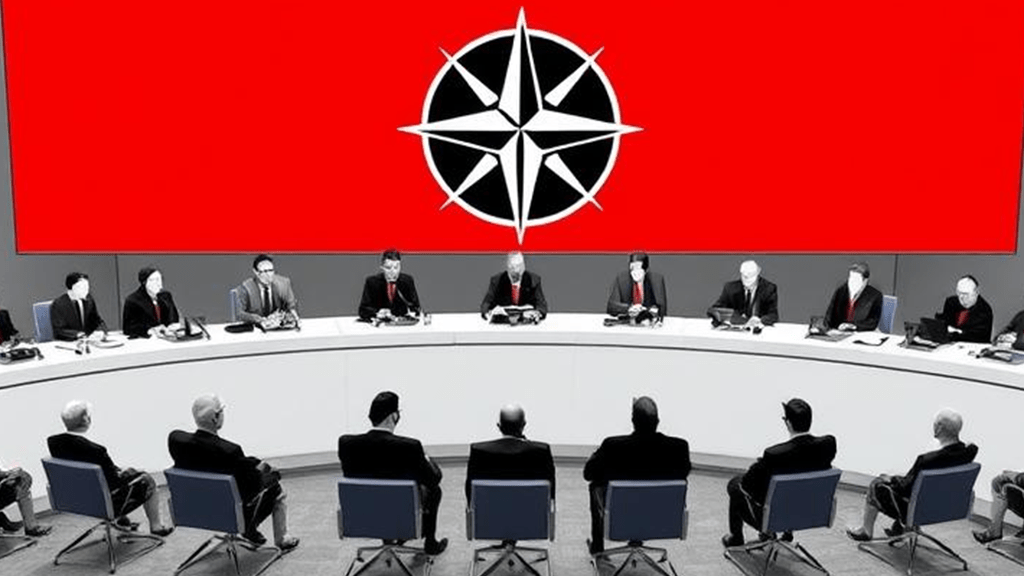
The Digital Doctor is In: AI and Telemedicine Redefine Healthcare
The healthcare industry is undergoing a seismic shift fueled by artificial intelligence (AI) and telemedicine.

April 08, 2025: NATO held an emergency meeting following a series of coordinated cyberattacks on critical infrastructure in Lithuania, Latvia, and Estonia, widely attributed to Russian state-backed threat actors. The attacks targeted government networks, energy grids, and digital communication systems, causing service disruptions and exposing vulnerabilities in regional cybersecurity frameworks.
Member states were briefed by cybersecurity and defense officials from the Baltic countries, who described the incidents as strategic hybrid operations designed to test NATO’s response thresholds and erode public trust in digital institutions. The cyberattacks coincided with heightened military activity near NATO’s eastern border, raising concerns over multi-domain pressure tactics.
The meeting focused on escalation management, cyber defense coordination, and potential invocation of Article 5, although no formal threshold was declared breached. NATO Secretary General Jens Stoltenberg reaffirmed the alliance’s commitment to collective defense in cyberspace, noting that cyberattacks with significant consequences may trigger a collective response under NATO’s founding treaty.
Several allies, including the U.S., UK, Poland, and the Netherlands, pledged technical and intelligence support, offering forensic analysis, real-time threat sharing, and surge capacity to assist national cybersecurity centers in the region. Enhanced defensive postures, including military readiness and digital deterrence messaging, are now under consideration.
The NATO Cooperative Cyber Defence Centre of Excellence (CCDCOE) in Tallinn has been tasked with leading a coordinated analysis of the attack vectors, attribution confidence levels, and operational intent. Early indicators point to advanced persistent threat (APT) groups linked to Russian military intelligence, employing wiper malware, DDoS swarms, and credential harvesting techniques.
Diplomatic channels are being used to issue a formal warning to Moscow, with EU institutions also launching parallel investigations under the Cyber Diplomacy Toolbox, which allows for coordinated sanctions and countermeasures in response to state-backed cyber aggression.
If the attacks persist or escalate, the alliance may move toward joint cyber operations or broader retaliatory measures, including sanctions or exposure of command-and-control infrastructure. NATO’s response over the coming weeks will likely set a precedent for how hybrid threats are handled within the collective defense framework.

The healthcare industry is undergoing a seismic shift fueled by artificial intelligence (AI) and telemedicine.

The healthcare and pharmaceutical sectors are navigating a transformative period, with technological advancements reshaping patient care, operational efficiencies, and strategic growth.

In the world of business, financial wizards wave their wands to conjure profits and success. But behind every great money magician …

Insurtech is not just making waves in the insurance industry—it’s rewriting the rulebook. As technology-driven startups disrupt …